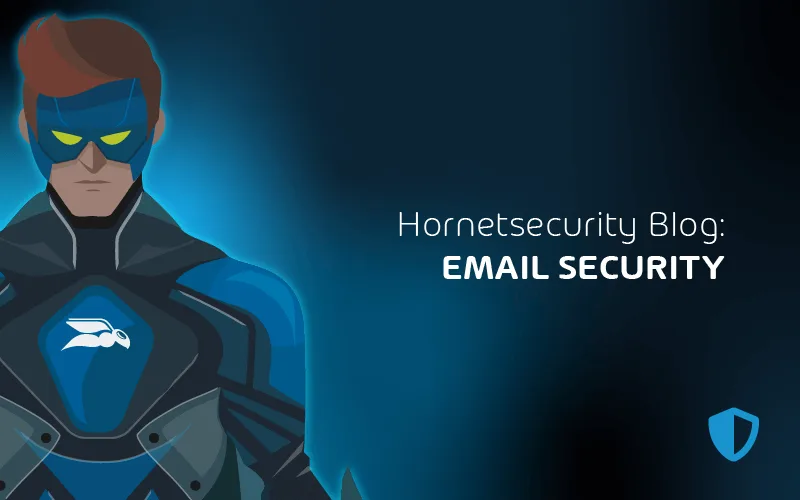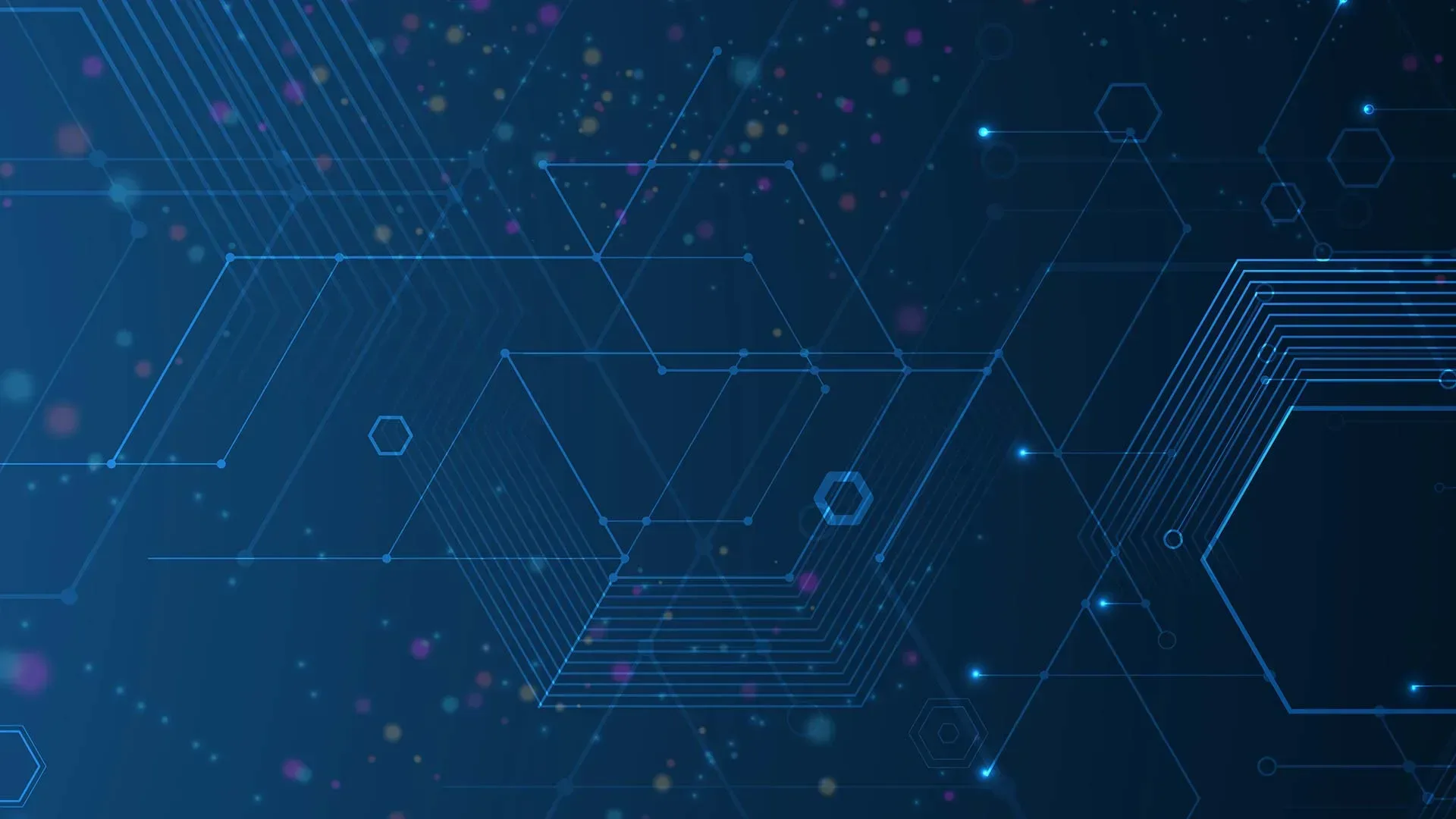

Unmasking Phishing: Understanding the Insidious Threat to Your Organization
In this article, we delve into the pervasive threat of phishing and its profound implications for organizational security. Phishing, an ever-evolving tactic employed by cybercriminals, continues to pose a significant risk to businesses worldwide.
From impersonating trusted entities to crafting sophisticated lures tailored to specific targets, the techniques employed by malicious actors are as diverse as they are insidious. Join me as we delve into the intricacies of this perilous cyber threat landscape and explore strategies to fortify organizational defenses against it.
Phishing – An Insidious Risk to Your Organization
Phishing remains the number one attack vector for criminals to establish a foothold in your organization. Even in this day and age of Teams, Slack and their cousins being used for collaboration and communication, email remains the most common way to exchange information with people outside an organization.
And it’s got inertia because it’s been there for so many decades, and everyone knows how to use email, both in their personal and work lives.
This also makes it the perfect channel for the bad guys to “show up in front of” your users, masquerading as someone trustworthy.
At the lowest level this involves impersonating a trusted company – DHL / Fedex (“we’re delivering a parcel and need you to click here to validate the address”), or your bank / credit card company (“click here to validate this anomalous transaction we’ve flagged”).
And of course, there’s the OG phishing scam – “I’m a Nigerian prince with money to give away and I just need you to help me out with the transfer”. These are sent in bulk because even if only 1 in 1,000 makes it through to a user’s inbox and only 1 in 1,000 clicks it, for each million I send, I get one hit.
Stepping it up a bit are more customized campaigns, targeting specific countries or regions, with specific lures related to current affairs and impersonating companies more likely to be trusted by the recipients in that geography.
Finally, we have spear phishing with highly customized lures, sent in much smaller volumes but where criminals have done their homework and use people and companies that your users are already collaborating with, ensuring a much higher success rate.
In all cases – if a user falls for the lure and clicks the link, or downloads the attachment, or enters their login details on the fake sign-in page, the consequences can be dire.
A single click starts the dominos falling
That single click or download can be the start of a major incident. In cybersecurity we talk about the kill chain, the steps an attacker must take to achieve their end goal, which could be theft of your intellectual property, or encryption of all files in a ransomware attack.
There are many variants, and depending on the attacker and the target, not all steps are required but generally they start with Reconnaissance to understand your business and what lures are most likely to generate a click (and your revenue to know how much they can demand in ransom for your files / systems).
This is followed by Compromise, gaining that first foothold, Moving Laterally to compromise other user accounts and systems, achieving control over the environment (“Domain dominance”), Exfiltration of data so that you can be further incentivized to pay the attacker to not have your data leaked. And if it’s a ransomware attack, this is followed by the actual encryption of your files.
And all from that single click by a user – which is why phishing is such an important attack vector to understand and defend against.
The Need for Security Awareness Training
The risk in numbers
Out of the 45 billion emails analyzed in Hornetsecurity’s Cybersecurity Report 2024, 36.4% were labelled unwanted. Out of this third, 96.4% were spam, with 3.6% classified as malicious.
In this slice of malicious emails, phishing took the top spot at 43.3% (a 4% increase over the previous year) followed by 30.5% emails with malicious URLs (an 18% increase over the previous 12 months). Where there were malicious attachments, the most common was HTML files (37.1%), followed by PDFs (23.3%) and then archives such as ZIP files at 20.8%.
Getting as close as possible to a “clean feed”
All email hygiene systems follow the same basic architecture. Start by filtering out emails coming from known bad email servers and known bad domains by just refusing the connection.
Then, look at the DNS records (SPF – Sender Policy Framework, DMARC – Domain-based Message Authentication, Reporting and Conformance, and DKIM – DomainKeys Identified Mail) to filter out suspicious senders. Emails that make it through these first gates are then scanned by multiple anti-malware engines to spot any known viruses and filter those out.
In Hornetsecurity’s case, this is followed by Advanced Threat Protection, which inspects each email and its attachments in a sandbox, opening the files to look for any suspicious actions they perform, and using Machine Learning (ML) and over 500 signals to provide a verdict if the file / email is legitimate or not.
And if we later identify an email as malicious after delivery we can reach into any mailboxes where it has already been delivered and delete it.
This is an ongoing arms race, with attackers adjusting their tactics, types of attachment, obfuscating the malicious code and so forth, all to avoid detection. Our Security Lab experts, together with the ever-learning ML model tweak our detections to stop as close to 100% of all malicious emails as possible.
However, no system will catch every single bad message, and this is where the cybersecurity concept of defense in depth comes in.
In any complex IT system, you want to have multiple layers of protection, so that if the attackers penetrate one, they still have others to get through before they get to their prize. In this case, that’s your “human firewalls”, trained staff who know what signs to look for with their sharpened instincts.
Enhance employee awareness and safeguard critical data by leveraging Hornetsecurity’s Security Awareness Service for comprehensive cyber threat education and protection.
We work hard perpetually to give our customers confidence in their Spam & Malware Protection and Advanced Threat Protection strategies.
Discover the latest in cybersecurity: How to Spot a Phishing Email in The Age of AI. Learn how AI fuels sophisticated phishing attacks and gain actionable insights to protect your business.
To keep up to date with the latest articles and practices, pay a visit to our Hornetsecurity blog now.
Conclusion
In conclusion, phishing poses a grave threat to organizational security, requiring a multifaceted defense strategy. Through awareness, advanced email hygiene, and a commitment to defense in depth, organizations can mitigate the risk and safeguard their valuable assets against this insidious cyber threat.
FAQ
Phishing remains a top concern for organizations due to its deceptive nature and widespread prevalence. Cybercriminals employ various tactics, from impersonating trusted entities to crafting sophisticated lures tailored to specific targets. These attacks often start with a simple email, leveraging users’ familiarity with email communication to trick them into clicking malicious links or downloading harmful attachments. The consequences of falling for phishing attempts can be dire, ranging from data breaches to financial losses and even ransomware attacks.
Organizations can mitigate the risk of phishing attacks through a multi-faceted approach. Implementing robust security awareness training programs is essential to educate employees about the tactics used by cybercriminals and empower them to recognize and report suspicious emails. Additionally, employing advanced email hygiene systems, such as those that utilize SPF, DMARC, and DKIM, can help filter out malicious emails before they reach users’ inboxes. Investing in advanced threat protection solutions, including sandboxing and machine learning, can further enhance detection capabilities and mitigate the impact of phishing attacks.
Defense in depth is critical in combating phishing threats because no single security measure can provide complete protection against sophisticated attacks. By implementing multiple layers of defense, organizations can create overlapping security barriers that increase the complexity for attackers and reduce the likelihood of successful breaches. This approach includes not only technical solutions such as email filtering and malware detection but also emphasizes the importance of human vigilance. Trained staff serve as the final line of defense, equipped with the knowledge and skills to identify and respond to phishing attempts effectively.
